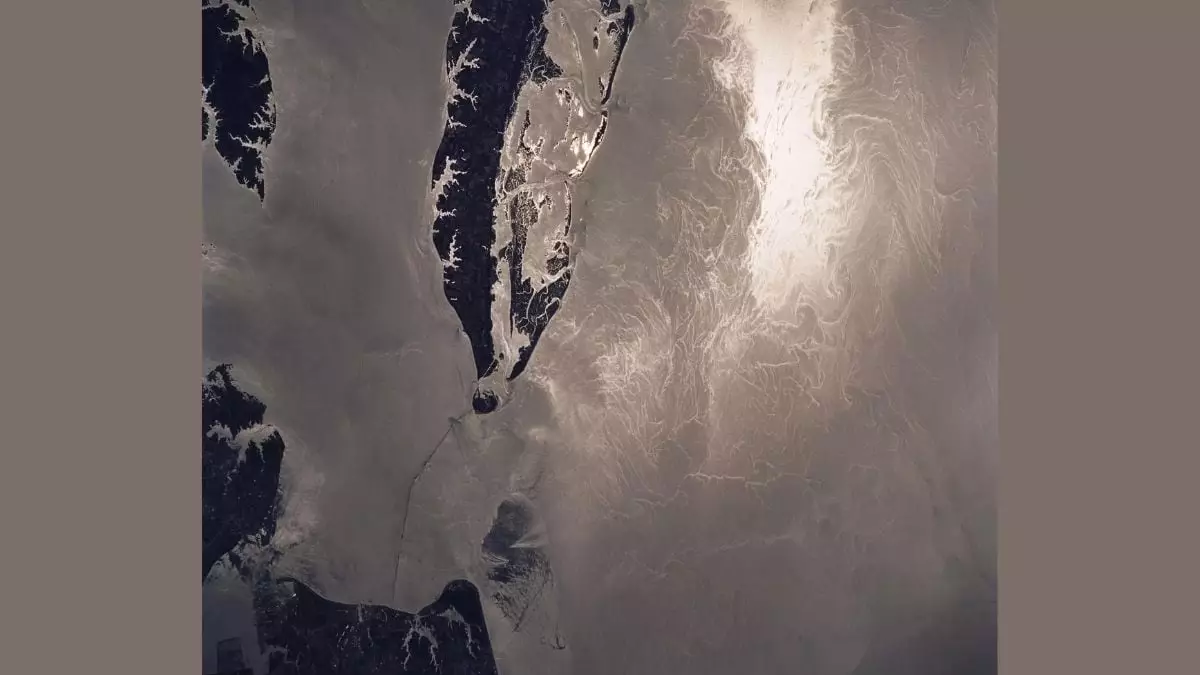For too long, the world has focused its environmental gaze on broad, visible phenomena, ignoring the intricate dance of smaller ocean features that significantly influence our climate and ecosystems. Thanks to innovative technology like the SWOT satellite developed alongside the French space agency CNES, we are now awakening to the mesmerizing complexity of the ocean’s submesoscale waves and eddies, which are roughly a mile in diameter. These previously overlooked currents drive crucial processes that regulate carbon, nutrients, and heat across the vast expanses of our seas.
The surface water and ocean topography data delivered by the SWOT satellite marks an unprecedented leap in our understanding, revealing the dynamic nature of these smaller currents, which impact everything from local marine ecosystems to global climate patterns. It’s a reminder that the most effective solutions often lie in the nuances often disregarded in larger discussions—an observation that resonates deeply in today’s politically charged environment where nuance is frequently lost to broad strokes.
The Power of Vertical Currents
The revelations from SWOT elucidate the role of vertical currents in marine and atmospheric conditions, illustrating how these currents can transport heat from the ocean’s depths to the surface, which in turn heats the atmosphere. This is an intricate interconnection that has profound implications, especially as we grapple with climate change. Oceanographer Matthew Archer’s insights on currents moving at 14 meters per day encapsulate this idea—these small-scale dynamics are not just minor nuances; they are pivotal in sustaining marine life and influencing weather patterns.
Moreover, SWOT’s discoveries, such as the powerful internal solitary wave in the Andaman Sea that boasts double the energy of a typical tidal wave, illuminate the rich energy exchanges occurring within our oceans. This underscores the importance of adapting our climate models to incorporate these newly understood ocean features. It’s a sobering realization that our existing frameworks may have been built on incomplete knowledge, yet it offers hope. As these new iterations of ocean models emerge, they will likely enhance our predictive abilities, empowering us to adapt accordingly.
Global Cooperation for Local Action
The collaborative effort behind the SWOT mission highlights a growing recognition that facing the climate crisis requires collective action. NASA, CNES, CSA, and the UK Space Agency come together to not just monitor but also interpret how these small-scale ocean dynamics interact with larger atmospheric processes. Each snapshot of Earth taken every 21 days provides valuable information that enriches our understanding of the interactions between the ocean and the atmosphere.
This endeavor is not merely an academic exercise; it is an urgent call to action. The data obtained through SWOT will serve as a foundation for more informed climate policies. By rooting our political discourse in empirical evidence derived from cutting-edge science, we can push for more progressive environmental strategies that transcend outdated paradigms. If we heed this collected wisdom and harness the insights gained from these small yet mighty ocean features, we could vastly improve both the health of our planet and the communities that rely on its resources.
In essence, the ocean is not just a passive backdrop—it is a vital player in shaping Earth’s climate. Recognizing and prioritizing the significance of these small-scale features could very well be the turning point in our collective fight against climate change.

Leave a Reply